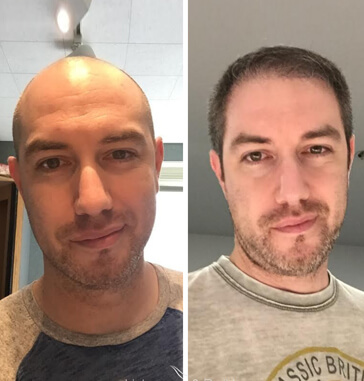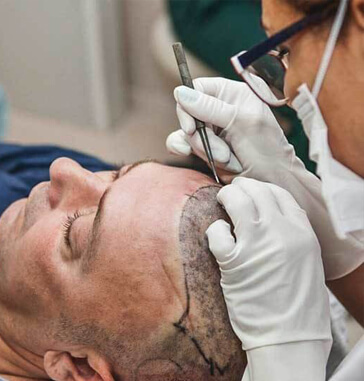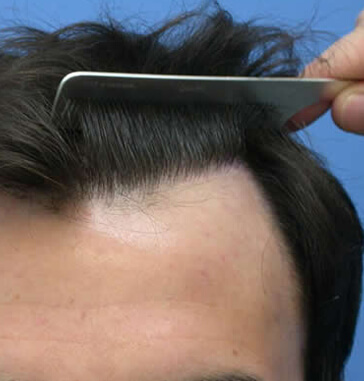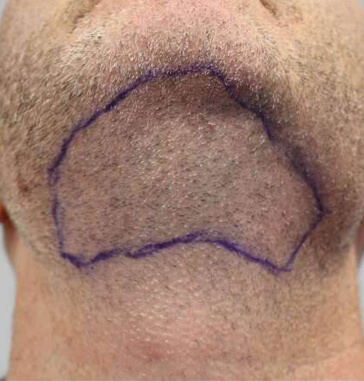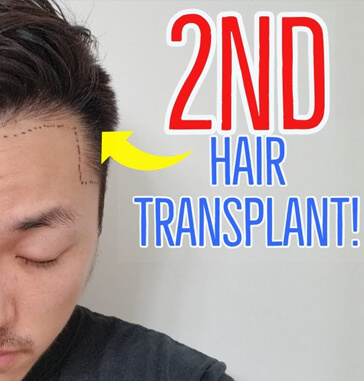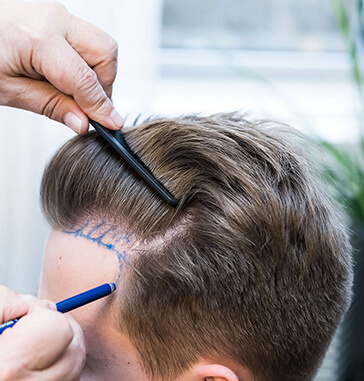What Is Female Pattern Hair Loss?
Female pattern hair loss is a type of androgenetic alopecia with similar yet different characteristics to male-pattern-hair loss. Just like male-pattern hair loss, it is caused by a combination of two factors, that is, genetic disposition and hormones. Women get to experience this issue as they get old and in a different hair loss pattern than men.
Although almost two-thirds of women undergo this type of hair loss, it usually occurs after menopause as a result of aging and changing hormones. Female pattern hair loss affects women who are genetically susceptible and sensitive to the effects of androgens. It follows a different hair loss pattern and affects all over the scalp but it does not lead to complete baldness. Although hair loss allegedly affects men more often, its effects on women are non-negligible as the hair is a feminine feature for most women.
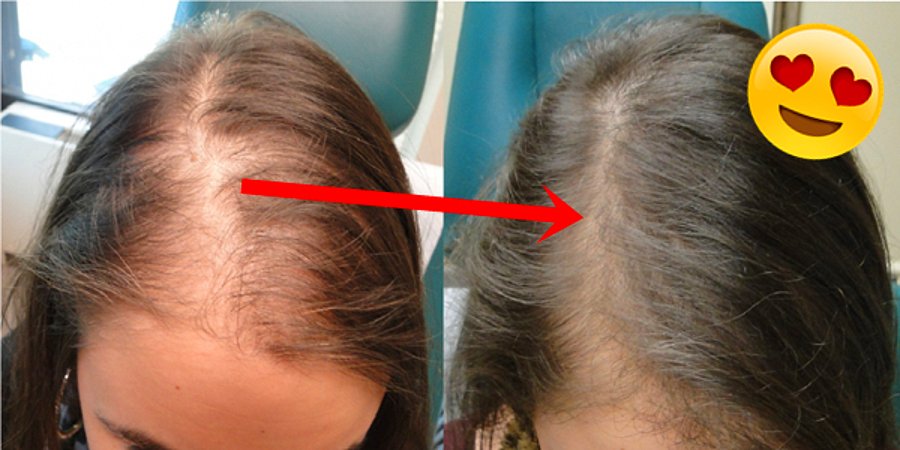
Treatment Of Female-pattern Hair Loss
Female-pattern hair loss is milder than male-pattern hair loss but still, women are usually worried about losing their hair. Also, women can gradually lose their that may lead to noticeable balding areas so they may need to consider treatment options. Here are some treatment options for female-pattern hair loss:
Medications
Three medications are used for female-pattern hair loss. Minoxidil, finasteride, and spironolactone may help women combat hair loss.
- Minoxidil:Minoxidil is a topical drug that is applied to the scalp every day. It is quite effective as long as you keep taking it but as soon as you discontinue minoxidil, its positive effects will wear off. It is an effective drug but it will not help damaged hair follicles to grow back. However, it will help stimulate hair growth if the hair follicles are still alive. In about 6 to 12 months, your hair density will increase and you will start to see the positive effects of minoxidil. Minoxidil has also some minor side effects such as itching and redness.

- Finasteride:Finasteride is a medication taken only by mouth. It is originally a drug used for enlarged prostate but it can also be used for hair loss because of its hormonal effects.
- This drug decreases the amount of DHT circulating in the body; however, it does not reduce it. So it will slow down hair loss but it will not stop it altogether. Although female pattern hair loss is not FDA approved, it is known that it helps hair grown in women. Finasteride has side effects such as low libido, skin rash, and headaches. Most importantly, pregnant women should avoid it as it may cause birth defects.
- Spironolactone:Spironolactone is a medication used for high blood pressure and heart failure but it also has effects on DHT. It usually is prescribed for those patients who do not respond to minoxidil. So it is not a first-line treatment for female-pattern hair loss. Women with PCOS may also benefit from it because of the increased androgen production in polycystic ovary syndrome. This drug has some side effects such as low libido, fatigue, and depressive mood. Pregnant women should avoid it because it may cause congenital anomalies.
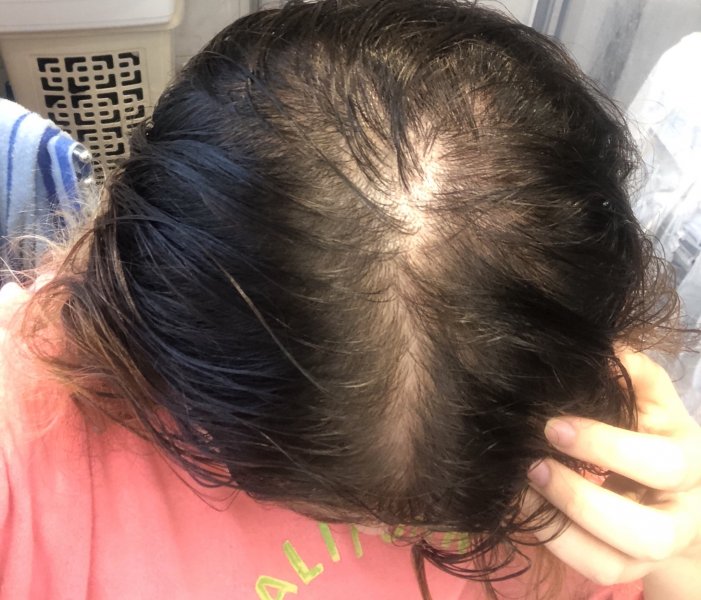
Hair Transplant
Among all the hair loss treatments, hair transplantation is the most effective and permanent solution to balding. If the patient with female pattern hair loss does not respond to drug treatments or their hair loss is noticeable, then they may consider a hair transplant for more aggressive treatment. There are mainly two types of hair transplant methods: FUT and FUE, FUT is an advanced technique used by most surgeons. It also has variations such as DHI and micromotor with more sophisticated graft collection and implantation techniques. During a hair transplant procedure, your doctor will first take the grafts out from the donor area and then transplant them into the recipient area. The donor area is often the back of the head as the hair from behind the head is resistant to DHT hormone.
How To Prevent Female-pattern Hair Loss
Although you cannot completely prevent female-pattern hair loss, there are some measures to take if you want to keep the rest of your hair healthy and strong. So you may protect your hair density despite the negative effects of this type of hair loss. Here are some tips to prevent female-pattern hair loss:
- Eat a balanced diet full of essential nutrients necessary for healthy hair growth.
- Observe your hair and scalp and consult a doctor and start medications if you have female-pattern hair loss.
- Avoid smoking and alcohol.
- Do not hot treat your hair and avoid harsh chemicals on your hair.
- Do not get your hair dyes so often.

